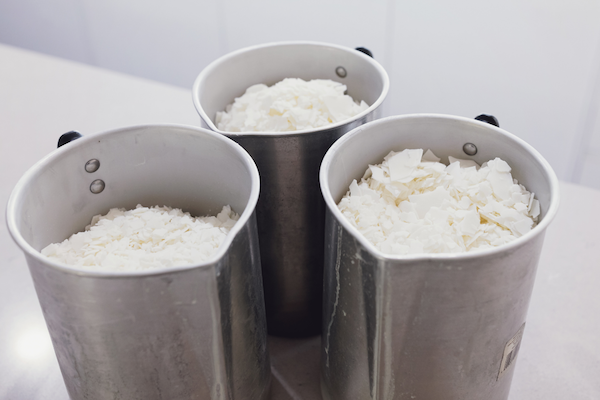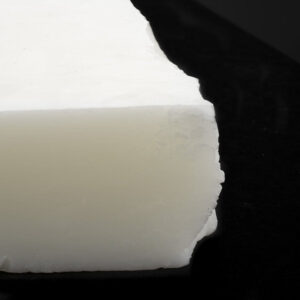Candles are a popular way to add ambiance to any setting, but not all candles are created equal, and a lot of the difference is down to the wax used. There are so many different types of waxes to choose from with each one having its own unique properties so the one that makes the cut is down to the candle-maker himself (or in my case, herself)!
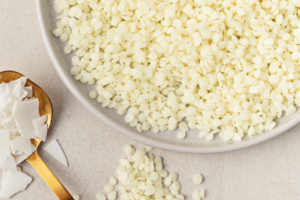
The most common waxes used in candles are paraffin wax, soy or soya wax, rapeseed wax, coconut wax and beeswax and on top of all that there are blends which makers create to try to bring out the best attributes of each one. Some of these blends are 100% vegetable wax blends (such as coco-soy or the one I use, which is a vegan-friendly rapeseed and coconut blend wax); whereas others are mineral wax blends which usually are a blend of paraffin wax and another type of wax such as soy.
So why do I use a rapeseed and coconut blend?
Each type of wax has its own unique benefits (and I won’t go into them all now) but after extensive testing I have found that rapeseed and coconut blend is the best one for me not only for the scent throw that I have achieved in my candles but also because it has the best eco-credentials in my eyes.
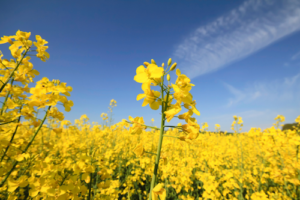
The intense yellow flower of the rape plant
Rapeseed wax is made from the seeds of the rape plant – you will often recognise it from the bright yellow fields across the landscape in summer – and it has a high melting point and a low viscosity. This makes it ideal for use in candles as well as the fact that it is clean-burning (less soot) and ensures a long burn time.
On the other hand coconut wax is prized for its creamy texture and beautiful white colour. It also has a high melting point and low viscosity, is non-toxic and burns cleanly, making it a good choice for those who are concerned about environmental impact.
Indeed, both waxes are considered to be eco-friendly options, as they are made from renewable resources… more on this in a moment.
The rapeseed and coconut wax blend I use arrives in block form and in 12.5kg blocks at that… It’s pretty heavy to lift into my wax melter let me tell you! It’s super important to me to use a wax that has excellent credentials regarding sustainability. Most of the coconut element comes from small holder farmers in the Philippines or Indonesia. (Approximately one third of Filipino farmers and their families make their living from coconut production). There is no forest removal in order to plant new coconut trees and all farming contacts are closely monitored in that regard. Furthermore, the supplier is pioneering a programme to train more farmers on sustainable coconut agricultural practices.
The rapeseed element used is produced by large farmers in a range of European countries, and that the rapeseed isn’t associated with sustainability issues such as endangering habitats, forest clearance, etc.
Unfortunately the same cannot be said for many manufacturers of soy wax used for candles. There have been numerous studies that have found that deforestation relating to soya farming around the world has become a real issue and this is the main reason that I started moving away from soy wax in my candles. In fact it is only the aromatherapy range that currently uses soy wax.
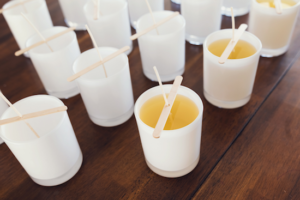
It’s not just the wax that has great eco-credentials… I only use paper labels (with no plastic lamination); the packaging is unlaminated card and even our melts are housed in compostable and biodegradable envelopes to seal in the scent before being placed into card and paper boxes and sleeves. I’m also on a tree-planting mission with Ecologi so every month I buy trees which are planted in sustainability projects around the world through our partnership. You can see our forest here.
So there you have it… You can enjoy our Calon candles knowing that thought and care has gone into not just the branding and aesthetics of the brand, but also into all the ingredients the packaging, and in particular the wax which forms such a large part of the finished product.

